Pictures
Copy right 2005-2008 SACT Communication and networking. All rights reserved.
...........................................................................................................................................................................................
Technology
...........................................................................................................................................................................................
Optical Fiber Systems
The Optical Fiber Systems are the high-speed networking systems for today and tomorrow, combining superior bandwidth with easy installation. The systems support the gigabit and even ten gigabit speeds needed for critical backbone networks while also supporting existing horizontal optical technologies. A complete line of products and components is available for your complete end-to-end optical fiber network.
Twisted Pair Cable
Twisted pair cabling is a common form of wiring in which two conductors are wound around each other for the purposes of canceling out electromagnetic interference which can cause crosstalk. The twist rate (usually defined in twists per meter) makes up part of the specification for a given type of cable. The greater the number of twists, the more crosstalk is reduced. Twisting wires decreases interference because:
The loop area between the wires (which determines the magnetic coupling into the signal) is reduced as much as physically possible.
The direction of current generated by a uniform coupled magnetic field is reversed by every twist, so that the currents in successive twists cancel each other.
UTP
UTP cables are not shielded. This lack of shielding results in a high degree of flexibility as well as rugged durability. UTP cables are found in many ethernet networks and telephone systems
STP
STP cabling includes metal shielding over each individual pair of copper wires. This type of shielding protects cable from external EMI (electromagnetic interferences). e.g. the 150 ohm shielded twisted pair cables defined by the IBM Cabling System specifications and used with Token Ring networks.
LAN
A local area network (LAN) is a computer network covering a local area, like a home, office, or group of buildings. Current LANs are most likely to be based on switched IEEE 802.3 Ethernet, or on Wi-Fi technology running at 10, 100 or 1,000 Mbit/s.
WAN
A wide area network or WAN is a computer network covering a broad geographical area. Contrast with personal area networks (PANs), metropolitan area networks (MANs) or local area networks (LANs) that are usually limited to a room, building or campus. The most well-known example of a WAN is the Internet.
WANs are used to connect local area networks (LANs) together, so that users and computers in one location can communicate with users and computers in other locations. Many WANs are built for one particular organization and are private. Others, built by Internet service providers, provide connections from an organization's LAN to the Internet. WANs are most often built using leased lines. At each end of the leased line, a router connects to the LAN on one side and a hub within the WAN on the other. Leased lines can be very expensive. Instead of using leased lines, WANs can also be built using less costly circuit switching or packet switching methods. Network protocols including TCP/IP deliver transport and addressing functions. Protocols including Packet over SONET/SDH, MPLS, ATM and Frame relay are often used by service providers to deliver the links that are used in WANs. X.25 was an important early WAN protocol, and is often considered to be the "grandfather" of Frame Relay as many of the underlying protocols and functions of X.25 are still in use today (with upgrades) by Frame Relay.
W LAN
A wireless LAN or WLAN is a wireless local area network, which is the linking of two or more computers without using wires. It uses radio communication to accomplish the same functionality that a wired LAN has. WLAN utilizes spread-spectrum technology based on radio waves to enable communication between devices in a limited area, also known as the basic service set. This gives users the mobility to move around within a broad coverage area and still be connected to the network.
VoIP
Voice over Internet Protocol, also called VoIP, IP Telephony, Internet telephony, Broadband telephony, Broadband Phone and Voice over Broadband is the routing of voice conversations over the Internet or through any other IP-based network.
Protocols which are used to carry voice signals over the IP network are commonly referred to as Voice over IP or VoIP protocols. They may be viewed as commercial realizations of the experimental Network Voice Protocol (1973) invented for the ARPANET.
Voice over IP traffic can be deployed on any IP network, including those lacking a connection to the rest of the Internet, for instance on a local area network.
Switch (Network)
A network switch (or just switch) is a networking device that performs transparent bridging (connection of multiple network segments with forwarding based on MAC addresses) at full wire speed in hardware. The use of specially designed hardware also makes it possible to have large numbers of ports (unlike a PC based bridge which is very limited by expansion slot count).
If a network has only switches and no hubs then the collision domains are either reduced to a single link or, if both ends support full duplex, eliminated altogether. The principle of a fast hardware forwarding device with many ports can be extended to higher layers giving the multilayer switch.
Router
A router is a computer networking device that forwards data packets across a network toward their destinations, through a process known as routing. Routing occurs at layer 3 (the Network layer e.g. IP) of the OSI seven-layer protocol stack
A router acts as a junction between two or more networks to transfer data packets among them. A router is different from a switch. A switch connects devices to form a Local area network (LAN).
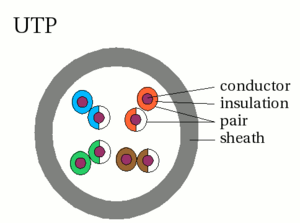
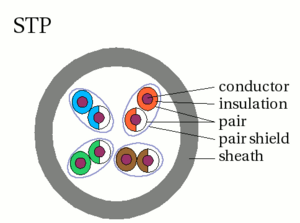
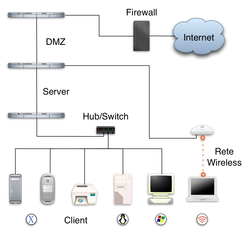
Local Area Network
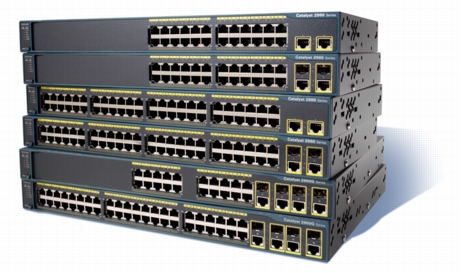
Network Switches
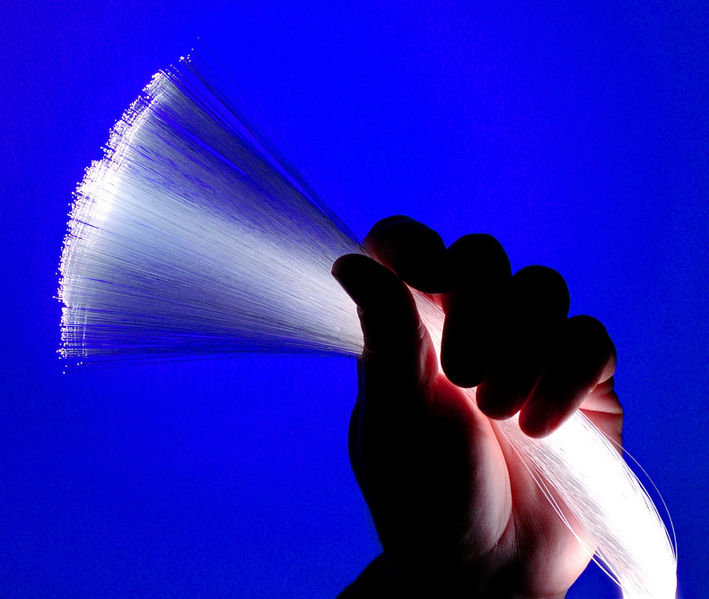
Optical Fiber


Communication and networking




